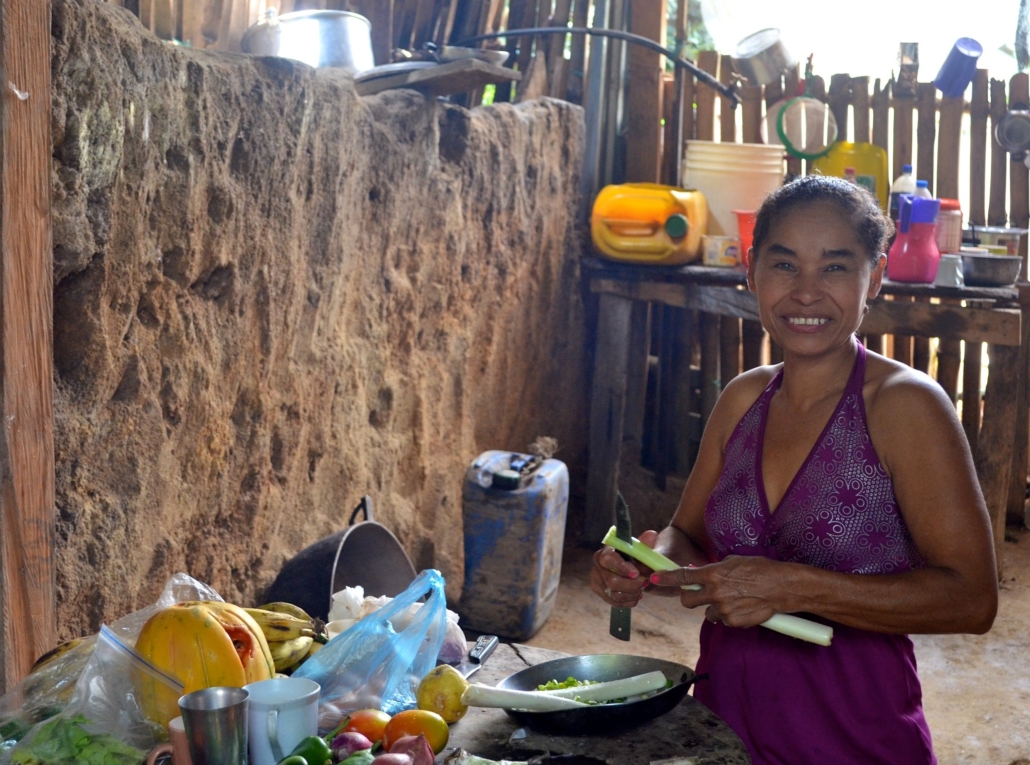10 Facts About Sanitation in Colombia

Colombia is a fast-growing country with a population of 49 million. In the last 10 years alone, the population has increased by 5 million people. As a result of the added pressure on the country’s infrastructure, many citizens may not have access to basic water, sanitation and hygiene (WASH) facilities. In recent years, Colombia has been working to increase its population’s access to WASH facilities. The country continues to develop initiatives on how to increase this accessibility. Here are 10 facts about sanitation in Colombia.
10 Facts About Sanitation in Colombia
- Access to Clean Water: Exactly 1.4 million citizens do not have access to clean drinking water. This accounts for around 3% of the population. There is a large discrepancy between urban and rural populations and their access to clean water. In fact, 100% of the urban population has access to basic drinking water. In the rural population, however, only 86% have access to basic drinking water.
- Increase in Water Access: Colombia has seen an increase in the population that has access to basic drinking water services from 90% in 2000 to 97% in 2015. The Colombian government plans to increase water accessibility to rural regions such as La Guajira by 2024. Additionally, in 2019, over 8,000 indigenous people living in rural Colombia gained access to basic water facilities through the development of reservoirs and ancillary infrastructure.
- Rural Water Usage: Around 19% of the rural population use water from rivers, lakes or wetlands for drinking, washing and cooking. Colombia has over 514,800 sites where farmers raise livestock. Unfortunately, the animals easily contaminate water from natural resources such as lakes and rivers. This can lead to illness and disease in these rural areas.
- Rural and Urban Water Management: There is currently a discrepancy between the access to clean water between rural and urban communities. In 2017, 81% of water access in urban areas had a designation of safely managed while 19% had basic water management status. In comparison, rural areas only had 40% of their water with a safely managed label and 46% had basic water management.
- Health Implications: Due to poor access to WASH facilities, 2% of the national GDP goes toward health-related costs. In 2016, there were 366 deaths due to the poor sanitation and water conditions in Colombia. In 2012, there were 119 deaths in children under 5-years-old due to inadequate access to water and sanitation.
- Toilet Access: Currently, 4.9 million people do not have access to a toilet in Colombia. In rural areas, three in 10 people do not have access to safe toileting facilities. Tierra Grata is an organization that is helping rural communities by installing waterless eco-toilets. These eco-toilets aim to decrease the pollution of natural water-ways and increase the population’s health and well-being.
- Household Hygiene: Out of a population of 49 million, only 28 million people in urban communities and 3.3 million people in rural communities have access to basic hygiene services. Basic hygiene includes access to bathing facilities and the ability to wash hands prior to food preparation and after toileting. Between both rural and urban communities, there are 14 million citizens who are without access to hygiene facilities.
- Hygiene at School: UNICEF identified the issues that prevented student hygiene as an inconsistent water supply, poor sanitation systems and lack of hand-washing facilities. Only one in five schools had both soap and toilet paper available for student use. The School Sanitation project was able to improve school hygiene and decrease diarrhea-related absences by 30%.
- Sanitation Improvement: In 2000, 12% of urban sanitation was managed safely and 66% had basic management. In 2017, this number had risen to 15% having safe management and 77% having basic management. In rural areas, open defecation decreased from 25% in 2000 to 13% in 2017.
- Water Recycling: El Salitre wastewater treatment plant is on the Bogotá River. The river collects wastewater from 10 million people. The plant is currently treating and recycling the river water to provide for safe water access to millions of households. Studies show that water treatment plants increase both public and environmental health.
Despite the improvements, there is still a large number of Colombia’s population that do not have access to safe or basic WASH services, especially when considering the country’s rural communities. Luckily, with the government and organizations continuing to work to improve sanitation in Colombia, a brighter, cleaner future is on the horizon.
– Laura Embry
Photo: Flickr
